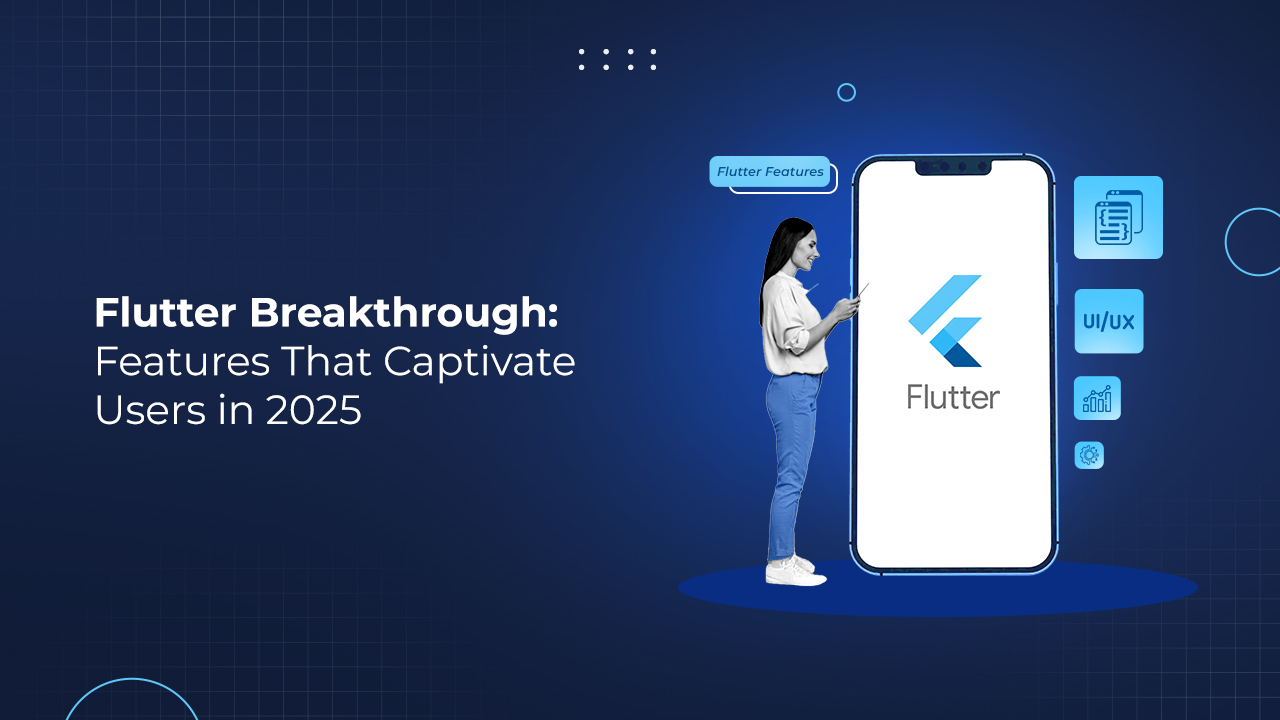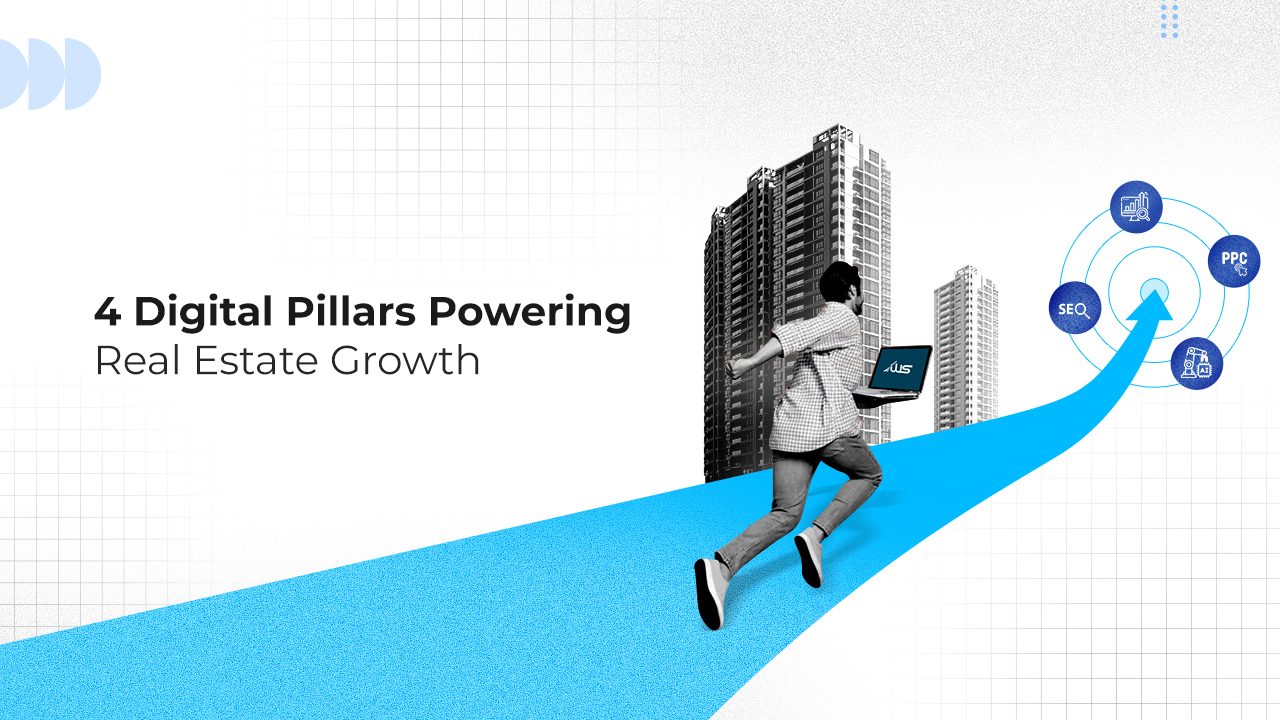
Top 4 Digital Transformation & Solutions Powering Real Estate Startups
It’s an exciting time for digital transformation in real estate. This year, Zillow broke new ground in real estate technology with SkyTour, a cutting-edge real estate innovation. It’s a first-of-its-kind feature that lets users virtually fly around properties using a 3D, drone-style interface.
Zillow’s product manager, Steve Anderson, says:
It creates an emotional connection that static media just can’t match. When people try SkyTour, their reaction is visceral
If you work in this industry, you know that the real estate sector is quite cautious when it comes to adopting technology. That’s why this article aims to demonstrate to real estate business owners and anyone involved in the decision-making process that digital transformation is definitely not all just for show.
What is Digital Transformation in Real Estate?
Around 61% of commercial real estate firms still run on legacy systems, with 50% of them are making efforts to modernize. This is from research conducted by Deloitte in 2024. What does that tell you? That the industry knows something’s not right, and they are hurrying to catch up.
- Some firms are juggling a half-dozen listings. Traditional phone calls, paper forms, and in-person tours are a headache stacked on top of a headache.
- Now imagine being able to upload floor plans online, let buyers tour virtually, sign documents digitally, and keep track of all interactions without piles of paperwork. Even if you don’t use all of it, isn’t that better?
What is clear is that the term digital transformation here means more than “posting houses online.” The fact is, digital transformation in real estate allows you to leverage digital tools to ease your operations, from capturing leads to showcasing homes to closing deals.
- You can track how long someone lingered on a listing, which photo they clicked, and who saved or shared it.
- What does that amount of insight give you? Smarter pricing, sharper targeting, and even fewer wasted property showings.
Why Is Digital Transformation Important for Real Estate Businesses?
If you’re an agent or a property developer, you’ve probably noticed how quickly clients expect answers today. Someone clicks on a listing at midnight, and by morning, they expect details, photos, maybe even a virtual tour. That speed of demand didn’t exist ten years ago. The point is to recognize that this shift isn’t going away.
From our own journey crafting real estate solutions for global clients, we’ve found that digital transformation in real estate is crucial for success. There are a few reasons for this:
Property buyers want a high level of convenience
When buyers and tenants can browse hundreds of listings online in minutes, of course, they will lose patience with an outdated and badly structured real estate website design.
No one is doubting that you may have the best property available, but despite that, a slow website or frustrating digital experience can make people click away. That’s the hard truth.
Trust is built digitally first
Almost everyone (including you) searches for online reviews before booking a hotel room. Property is no different. A Google rating or a professional, easy-to-navigate site can often be the difference between whether someone contacts you or not.
What is clear is that without a strong online presence, the offline reputation you have painstakingly built risks being overlooked.
Marketing has completely shifted
Not too long ago, the real estate sector used to rely heavily on signboards and print. Even when these are still in play, real estate digital marketing is where most attention is focused now, in terms of social ads, search engines, video tours, and so forth.
Young buyers are comfortable going virtual. Nearly 40% of millennials would happily buy a home they have never stepped in, and 85% want 3D tours or interactive floor plans. You can’t blame them, it’s hassle-free.
Suppose you skip that? Essentially, you become invisible to a large portion of your market.
Data is reshaping decision-making
Apart from helping you promote properties, the digital tools you use will also tell you what’s working. This is true even in commercial real estate. You get quick insights into things like how many people looked at a listing, which photos caught their eye, and how long they stayed on the page.
When you use that data, you can rethink older strategies by pricing better, targeting the right people, and saving money. It’s not surprising that agencies that adopt tech tend to grow faster.
From all this, it’s easy to see how vital digital transformation is, owing to the shift in the expectations of buyers, sellers, and investors. And even if you don’t plan on catering to their needs, be sure that your competitors will.
Digital Transformation vs. Digital Marketing in Real Estate
People tend to use the terms Digital Transformation and Digital Marketing interchangeably. But, to clarify, though they of course are related, the approach to each is distinct.
Digital Transformation in Real Estate
This is the operational level where agencies adopt PropTech tools such as AI-driven CRMs, blockchain-based contracts, and virtual staging to make workflows faster and error-free.
Digital Marketing in Real Estate
Through this promotional layer, SEO campaigns, targeted ads, social media outreach, and much more are leveraged to directly or indirectly drive client acquisition.
Overlap
While digital transformation frameworks and tools fundamentally revamp processes and systems, digital marketing is one of the strategies in the overall transformation.
To give you a better idea of digital transformation in real estate, we will go through the key areas of that it impacts.
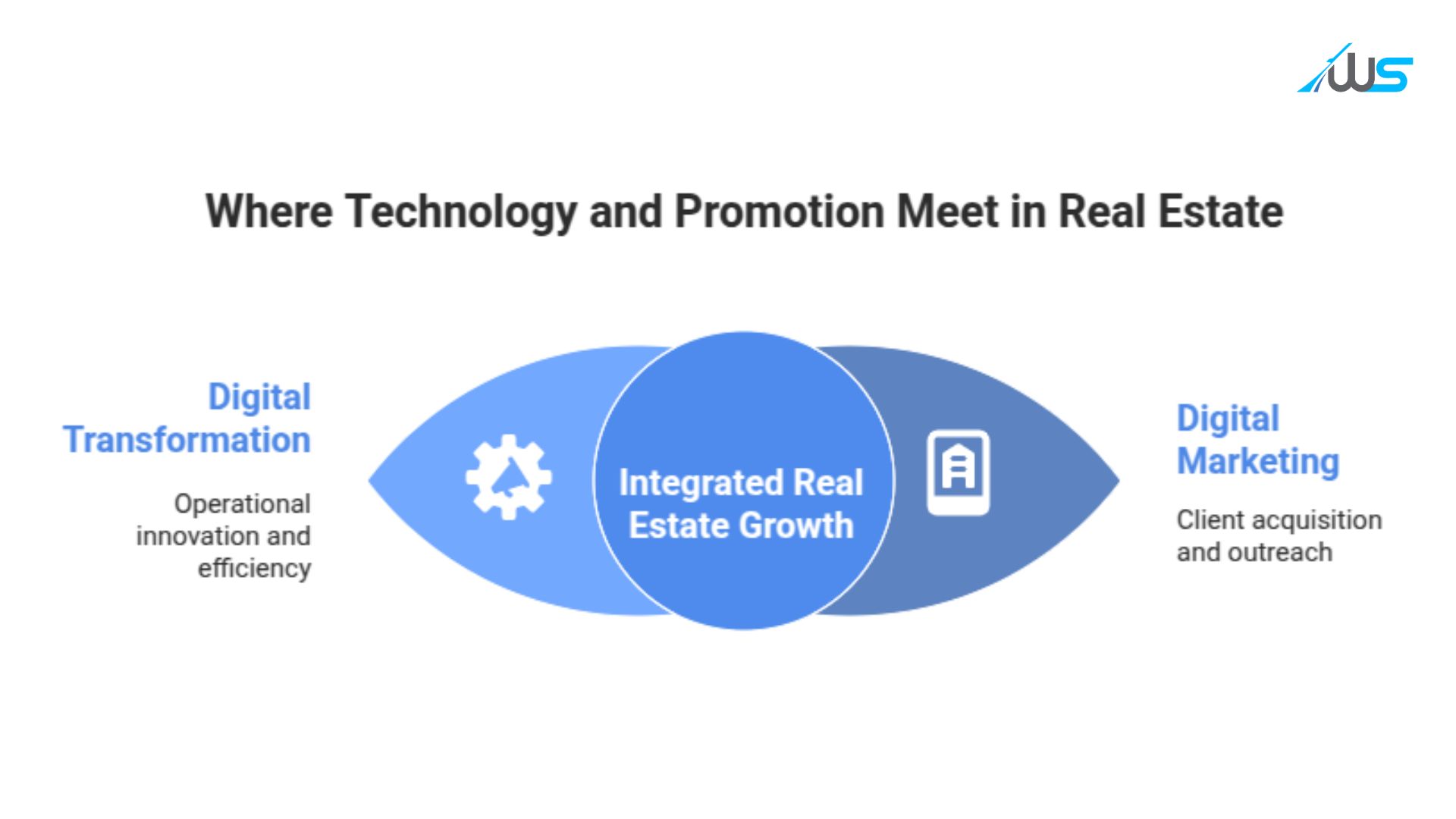
Key Pillars of Digital Transformation in Real Estate
1. Real Estate Website Design
First, a bit of context. NAR (National Association of Realtors) reports that 96% of homebuyers use the web in their property buying journey.
Data shows that
- Photos (41%)
- Detailed information (39%)
- Floor plans (31%)
They are the most valued website features. When these key visuals or browsing tools are missing, the dreaded bounce rate goes up.

-
Intuitive UI/UX
A first-time property buyer who lands on a website with confusing menus and no intuitive search will typically exit before even browsing through the property gallery. On the other hand, real estate website design featuring well-structured navigation and advanced search filters boosts engagement by up to 50%. Casual clicks often become genuine leads.
-
SEO Structure
Because it improves visibility, clean URL structures, fast load times, and metadata empower search ranking. From this perspective, it becomes clear that your website design is instrumental to discovery and lead conversion.
2. Real Estate Digital Marketing
Home buyers typically explore multiple listings online before contacting a single agent. So, a digital presence has become non-negotiable if you expect to succeed.
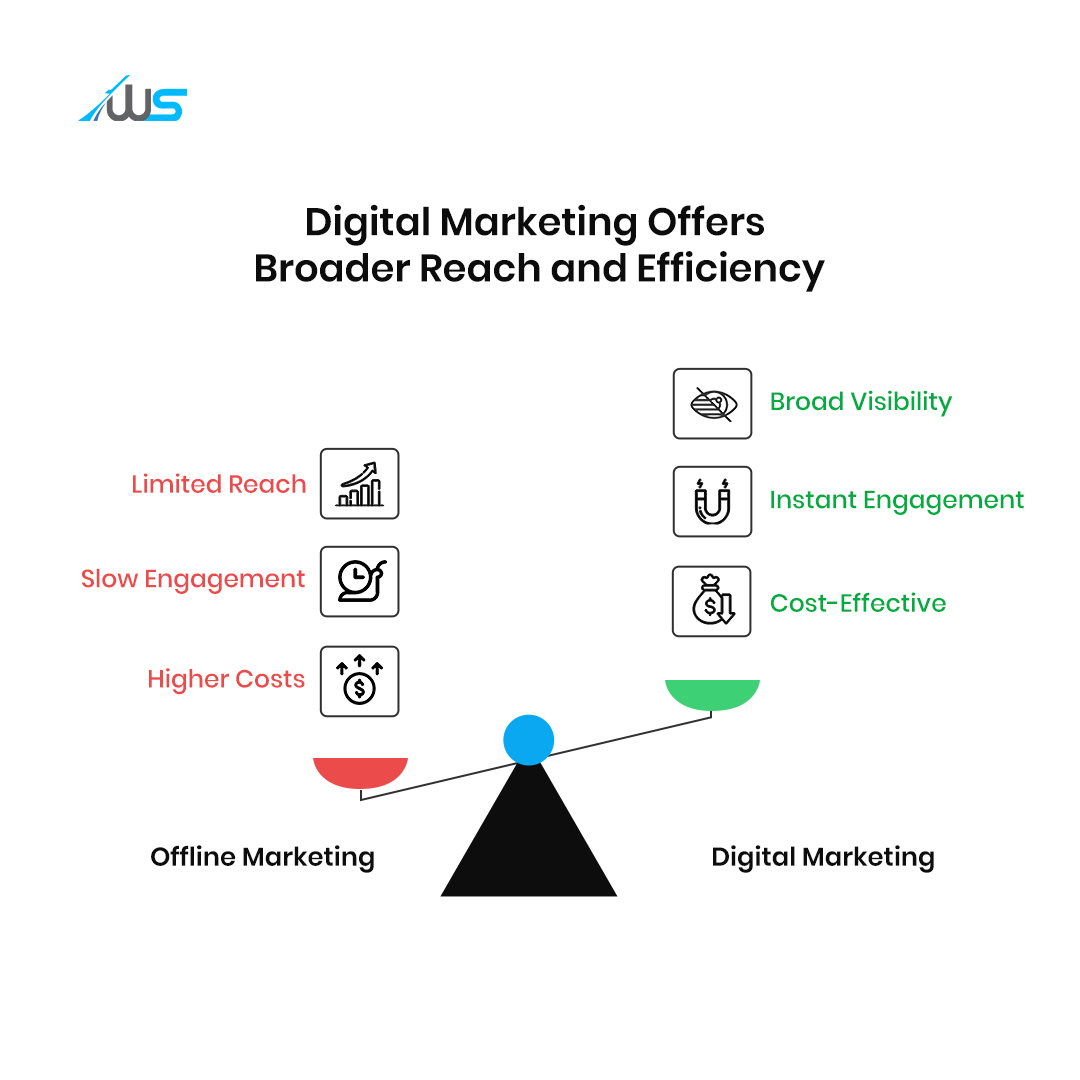
-
Marketing Channels
| Channels | Problem Without It | Digital Advantage |
| SEO | Poor online visibility | Long-term organic traffic |
| Paid Ads | Slow exposure | Instant reach to interested buyers |
| Weak nurturing | Builds relationships gradually |
In terms of marketing, real estate firms can boost their reach through SEO, paid search, social media, email marketing, and other popular digital strategies. Typically, property agents allocate over 54% of their marketing budget to real estate digital marketing these days. So, if you depend solely on offline or untargeted outreach, you are bound to miss efficient lead sources.
-
Targeted Campaigns
All the top property listing sites enjoy impressive conversion rates of above 5%, while average sites hover around 2%. So, it would be smart to boost visibility with specialty-targeted Facebook Ads or SEO keywords. The point is to reach the right audience, not just broadcast broadly.
-
PPC advertising
Wondering how pay-per-click ads work? When properly set up, Google Ads lets agents reach homebuyers exactly when they are searching, not after the fact. Google ad extensions can be layered with demographic filters and details like price or contact information to increase traffic and sales. Google also looks at your quality score (relevancy of your keywords, ads, and landing pages) to give you better ad placement and visibility.
3. Real Estate Technology
Deals move quickly in the world of real estate, and missing something as small as a client follow-up can mean losing a serious buyer. Operations are being reshaped across the board, from automation to high-level security and compliance. It’s being achieved through a host of cutting-edge real estate technologies.

-
PropTech Tools
| PropTech Tool | Current Problem | Digital Solution |
| CRM | Lost leads | Centralised tracking |
| Virtual Staging | Expensive staging | Cost-effective digital visuals |
| Blockchain | Fraud risks | Transparent contracts |
In the case of PropTech (property technology), CRMs are designed to allow brokers to manage hundreds of clients without the need for manual tracking. It is also possible to automate tedious tasks with AI chatbots, having them take care of answering FAQs, scheduling viewings, and providing details of properties, etc. Another type of PropTech includes virtual staging, which not only cuts down your costs but could potentially raise sales prices just by the click of a few buttons.
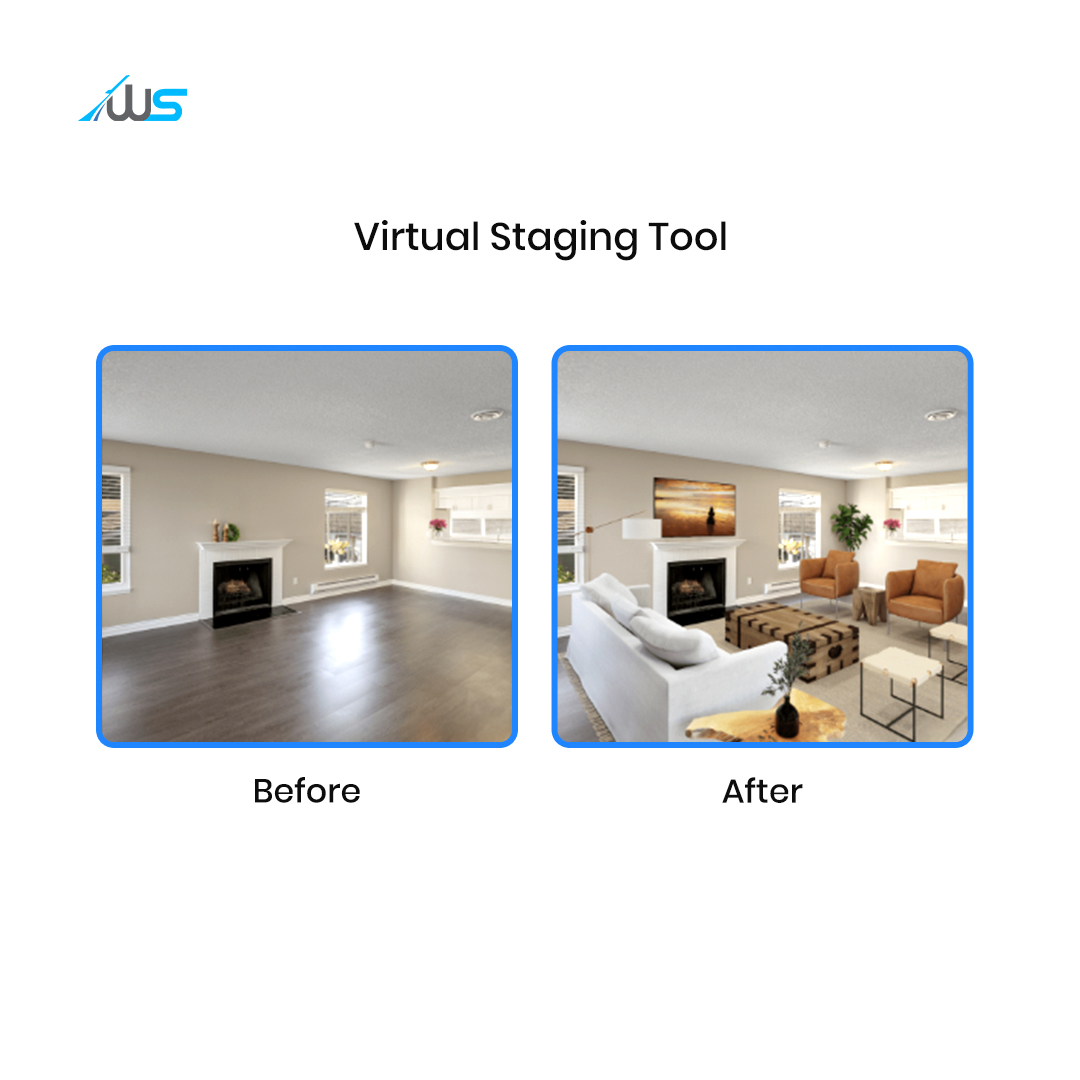
-
Transaction Platforms
Agents and brokers work better with centralized processes. To this end, transaction management platforms seriously lower human errors and close deals quickly. Paper delays frustrate clients, which is why a digital workflow is needed to keep deals moving through each buying stage smoothly.
-
Emerging Technology (Blockchain/Smart Contracts)
As per a global Deloitte survey, a significant percentage of respondents felt they will no longer have a competitive advantage if they didn’t adopt blockchain technology. Despite this, blockchain adoption continues to be low. What you can do is begin with the basics, such as CRM and virtual staging, and over time bring in smart contract systems, as and when your team’s trust and capability increase.
4. Online Presence in Real Estate
It’s becoming harder than ever to generate higher leads and close deals through offline clout. That’s because your target audience is actively searching online. Still doubting the value of an online presence in real estate?
You definitely shouldn’t, and here’s why.

-
Google Business Profile (GBP)
It goes without saying that an online presence is not restricted only to a website. With a verified Google Business Profile (formerly called Google My Business) and detailed local listings, real estate firms can appear in map searches. Without those, even your strongest pages might stay invisible to local buyers.
-
Reviews & Reputation
Data from Resimpli shows 97% of homebuyers consider online reviews before contacting an agent. Negative reviews and even the lack of reviews considerably hurt your credibility. That is why systems need to be in place to respond and manage them quickly, thereby rebuilding your prospects’ trust.
-
Social Media Branding
The idea here is consistent authority building. Profiles on Instagram, LinkedIn, or TikTok that showcase listings, testimonials, and behind-the-scenes insight make agents memorable. Often, prospective buyers will research agents socially before making contact, so of course, strong branding would make that decision much easier.
| Online Asset | Risk if Ignored | Value Created |
| Google Profile | Low local visibility | Higher map rankings |
| Reviews | Reputation loss | Social proof & trust |
| Social Branding | No recognition | Authority building |
How to Implement Digital Transformation for Real Estate
It’s not always easy to know where to start when it comes to digital transformation in real estate. Let’s look at some overall guidelines.
1. Develop a Digital Strategy
-
Assess Current State
Spreadsheets, phone calls, and piles of printed brochures are now relics of the past. In today’s market, it slows everything down. You can map out the current processes, which tools help and which hold people back. This will give you a clear picture of what needs to change before spending on new technology.
-
Define SMART Targets + KPIs
The full form of SMART(Specific, Measurable, Achievable, Relevant, Time-bound). Suppose you aim to cut response times to online inquiries from two days to six hours. That’s a defined goal. Targets like this are specific and measurable, so everyone involved can see progress instead of working blindly.
-
Create a Roadmap
Many agencies start small. They may start with posting all property listings online with virtual photos before moving on to AI chatbots or data dashboards. It boosts users’ confidence, and over time, the roadmap guides the team toward bigger changes without disrupting daily work.
2. Choose the Right Digital Technologies
-
VR/AR Applications
A prospective buyer can be in another city and still take a tour of an unfinished flat as if they were on-site. That’s what virtual tours make possible. Strange as it may seem, even properties that are still under construction can be pre-sold by allowing prospects to visualize the finished home.
-
AI & Machine Learning
A lot of agents are forced to keep up with administrative tasks. But, with AI they can instantly sort through thousands of leads, flag the most promising ones, or even answer tenant queries. Rather than chasing cold leads, you can concentrate on closing deals.
-
Blockchain
Delays and tedious paperwork are to be expected with old-school property transactions. Blockchain-based smart contracts change this. Thanks to its tamper-proof design, they verify ownership and transfer titles securely. A deal that might once have taken weeks can sometimes be closed in days using a smart contract.
3. Focus on Data-Driven Decisions
-
Data Collection
Every online interaction, from a buyer browsing listings online to a tenant reporting a maintenance issue, produces data. When real estate firms collect this data in one central system, they get a highly accurate view of how their market and customers behave.
-
Analytics Tools
Rather than waiting for monthly reports, real estate managers can simply glance at a dashboard. This way, they can base pricing decisions or marketing material on real-time insights and figures, whether it is occupancy rates, rental yield, or which listings receive the most views.
-
Decision-Making
Suppose a firm needs to decide whether to build one-bedroom flats or larger family homes in a certain area. Past sales data and local demographics can be pulled from predictive models, to help make data-based decisions. It becomes a much less risky process.
4. Address Challenges
-
Cybersecurity
Sensitive data like payment details and property documents need to be safeguarded. You lose clients’ confidence without it. Robust strategies, including two-factor authentication, encrypted storage, and compliance features, are vital for protecting digital assets.
-
User Adoption
It’s understandable that a leasing agent who’s been using paper contracts for 20 years might feel lost with new software. That’s why proper training and involving employees in the process from the start make a huge difference in how smoothly adoption goes.
-
Integration Issues
Like most firms, you are probably not starting from scratch. So, if new tools are implemented all at once, there are bound to be service disruptions. The best way to go about this is with a phased rollout, where one part of the system is upgraded and tested before moving on.
Future Trends in Real Estate Digital Transformation
We’ve come a long way from simple online listings. These days, to achieve smooth digital transformation in real estate, quite a few agents and firms are adopting intuitive tools and technologies to cater to changing buyer habits.
-
AI-driven Property Recommendations
Imagine a real estate app that recommends property options based on your late-night browser clicks and even your decor preferences. In fact, Zillow is using machine learning models to suggest homes that match individual buyer profiles.
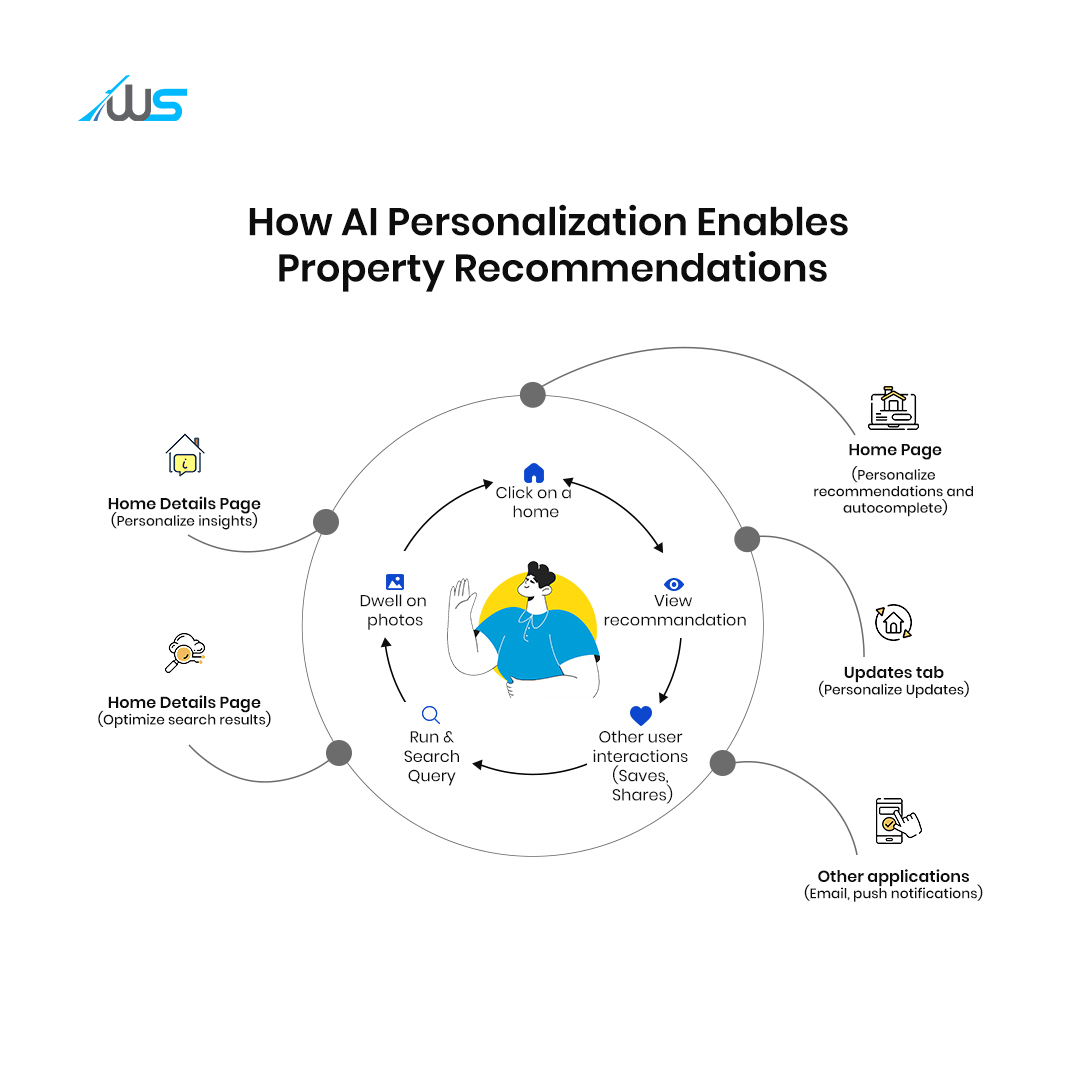
-
Metaverse Property Showcases
Builders and agents are creating digital twins of properties that clients can explore virtually. Yes, before it is even built. A client actually put down $450000 for a plot of metaverse real estate so that they could be a virtual neighbor to the rapper Snoop Dogg. That may sound far-fetched, but it’s true!
-
Voice Search for Property Listings
Property seekers increasingly use voice assistants for location-specific searches. This makes sense as it caters to the high number of millennials who use voice tools for property-related queries. Agents need to optimize listings for natural-language questions like “apartments near schools in Austin.”
-
Immersive Reality Technologies
Virtual reality tools let buyers experience staged interiors with custom layouts. AR apps from platforms like Ikea Place allow furniture placement in real spaces. These reduce uncertainty about design choices before committing to a property.
Our Expertise in Real Estate Digital solutions is what you really need to know.
At Webskitters, we’ve worked closely with real estate businesses to design solutions that fit their specific needs. From developing custom real estate websites that streamline property searches to guiding firms as a real estate digital marketing agency, our role has been to support practical outcomes rather than push trends.
We’ve helped clients explore property management tools, digital integrations, and new ways of presenting listings online.
The projects we’ve completed, cover several practical areas of digital transformation in real estate, including:
- Property listing platforms tailored to unique business models.
- Campaigns that improve visibility in crowded property markets.
- Tools that simplify client communication and lead tracking.
- Support for integrating digital features into existing workflows.
Each project has been about solving everyday challenges, making property data easier to manage, improving user journeys, and building digital systems that keep pace with how buyers and sellers now operate.
Key Takeaways: Digital Transformation in Real Estate
- 61% of real estate firms use legacy systems, 50% actively modernizing operations.
- 40% of millennials buy homes without visiting; 85% demand 3D tours/interactive floor plans.
- 97% of homebuyers check online reviews before contacting agents for credibility verification.
- 96% of homebuyers use the web for property search; website design boosts engagement 50%.
- Property agents allocate 54% marketing budget to digital channels for lead generation.
- Top listing sites achieve 5% conversion rates versus 2% for average sites.
- AI chatbots automate FAQs, scheduling; virtual staging reduces costs while increasing sales.
- Google Business Profile optimization is essential for local visibility and map search rankings.
- Phased implementation recommended: start basic listings, advance to AI and data dashboards.
- Future trends: AI recommendations, metaverse showcases, and voice search optimization for properties.
FAQs on Real Estate Startup Solutions and Digital Innovations
What is digital transformation in real estate, beyond listings?
Digital transformation in real estate goes far beyond basic online listings. It involves leveraging comprehensive digital tools to streamline entire operations – from lead capture and property showcasing to deal closure. This includes tracking user behavior (how long someone views a listing, which photos they click), implementing virtual tours, using AI chatbots for customer service, and adopting blockchain-based smart contracts. Unlike simple online posting, true digital transformation provides actionable insights for smarter pricing, sharper targeting, and more efficient operations.
Why should real estate businesses adopt digital solutions today?
Customer expectations have fundamentally shifted. Property buyers now expect instant responses, virtual tours, and comprehensive online experiences available 24/7. With 96% of homebuyers using the web in their property journey and 97% checking online reviews before contacting agents, businesses without digital presence become invisible to large market segments. Additionally, agencies that adopt technology tend to grow faster, with top digital-first listing sites achieving conversion rates above 5% compared to 2% for average sites.
What are the four core pillars of digital transformation in the real estate sector?
The four core pillars are:
- Website Design – featuring intuitive search filters, virtual tours, and mobile-responsive layouts.
- Digital Marketing – including SEO, paid advertising, email campaigns, and social media strategies.
- Real Estate Technology (PropTech) – encompassing CRM systems, virtual staging, AI chatbots, and transaction platforms
- Online Presence Management – covering Google Business Profile optimization, review management, and social media branding.
How can real estate startups adopt digital solutions seamlessly?
Start with a phased approach rather than implementing everything simultaneously. Begin with basic digital foundations like professional website design and online property listings with virtual photos. Once the team is comfortable, gradually introduce AI chatbots, CRM systems, and advanced analytics tools. This approach builds confidence, allows for proper training, and prevents service disruptions while ensuring steady progress toward full digital transformation.
What role does data play in modern real estate digital transformation?
Data transforms decision-making from guesswork to evidence-based strategies. Digital tools track user interactions, showing which listings receive the most views, how long visitors stay on pages, which photos generate interest, and demographic patterns. This information enables better pricing decisions, more targeted marketing campaigns, and reduced waste in property showings. Real estate managers can access real-time dashboards showing occupancy rates, rental yields, and market trends, making strategic decisions based on actual performance data rather than assumptions.
What future digital solutions should real estate businesses embrace?
Key emerging trends include:
- AI-driven property recommendations that suggest homes based on individual buyer profiles and browsing behavior
- Metaverse property showcases allowing clients to explore digital twins of properties before construction completion
- Voice search optimization for location-specific queries as millennials increasingly use voice assistants
- Immersive reality technologies combining VR for virtual staging and AR for furniture placement visualization
- Blockchain integration for secure, faster property transactions through smart contracts. These trends indicate that successful real estate businesses must continuously evolve their digital capabilities.


 Ecommerce Development
Ecommerce Development 
